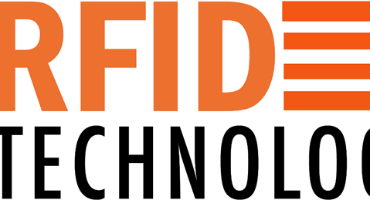Here's a breakdown of how RFID systems work and their components:
RFID Tags & Labels:
Tags are small devices that consist of a microchip and an antenna.
The microchip stores data, which can range from a unique identification number to more complex information about the object to which the tag is attached.
The antenna enables communication between the tag and the RFID reader by sending and receiving radio waves.
RFID Readers:
Readers are devices that emit radio waves and receive signals from RFID tags within their range. Fixed-Mounted RFID Readers & Mobile Computer Handheld RFID Reader
They are responsible for activating the tags and receiving the data transmitted by them.
Readers can be fixed in a specific location (e.g., doorway, warehouse entrance) or portable, allowing for mobile tracking of objects.
Working Principle:
When an RFID reader comes into range of an RFID tag, it emits radio waves through its antenna.
These radio waves power the tag's microchip, allowing it to transmit its stored data back to the reader via the antenna.
The RFID reader then captures the transmitted data and processes it. Depending on the application, the reader may simply record the tag's ID or may perform more complex tasks such as updating information stored on the tag.
Key Features and Advantages:
Non-line-of-sight: Unlike traditional barcodes, RFID tags do not need to be visible to the reader for scanning to occur. They can be embedded within objects or placed in hard-to-reach locations.
Read-only vs. Read-write: RFID tags can be either read-only or read-write. Read-only tags have their data permanently stored during manufacturing and cannot be changed. Read-write tags allow for data to be updated or modified multiple times.
Efficiency: RFID technology enables rapid identification and tracking of objects, making it ideal for applications requiring quick inventory management or asset tracking.
Durability: RFID tags are typically more durable than barcodes and can withstand harsh environments such as extreme temperatures, moisture, and physical impact.
RFID Uses & Applications:
RFID technology finds applications in various industries, including retail (inventory management, anti-theft systems), logistics and supply chain management, healthcare (patient tracking, medication management), manufacturing (process monitoring, asset tracking), and agriculture (livestock management, crop tracking).
RFID technology offers a versatile and efficient solution for object identification and tracking, enhancing operational efficiency and enabling innovative applications across diverse industries.


